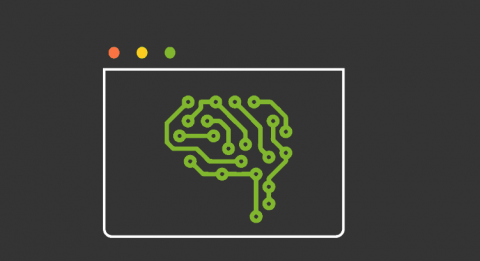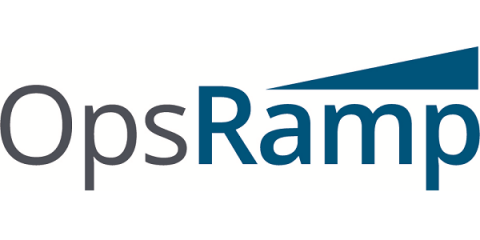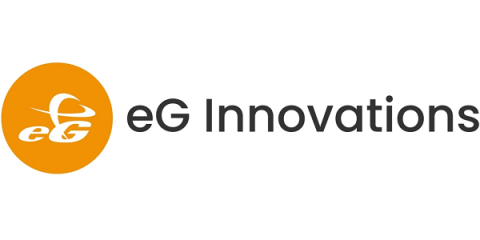Achieving Full Stack Automation Through Kubernetes
The open source revolution is back in full swing with the rise of Kubernetes. Flexibility and agility are the key factors to making the most of the cloud, multicloud, or hybrid cloud era. Kubernetes makes that easier by granting DevOps teams greater control across their infrastructure. But easier does not necessarily mean easy — there are still hurdles to overcome.











